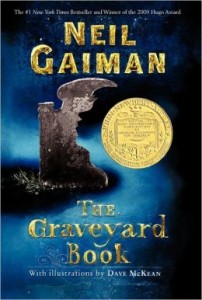 The Graveyard Book is a children’s novel by popular fantasist Neil Gaiman. It’s constructed as a set of linked stories — Gaiman loosely modeled the structure after Rudyard Kipling’s The Jungle Book — that tell the childhood adventures of Nobody Owens, a young boy who grows up in an English graveyard. Nobody first arrives at the graveyard (and is taken under the protection of the ghosts and vampire that reside there) as a toddler the night that a killer named Jack slaughters the rest of his family, including his preteen sister.
The Graveyard Book is a children’s novel by popular fantasist Neil Gaiman. It’s constructed as a set of linked stories — Gaiman loosely modeled the structure after Rudyard Kipling’s The Jungle Book — that tell the childhood adventures of Nobody Owens, a young boy who grows up in an English graveyard. Nobody first arrives at the graveyard (and is taken under the protection of the ghosts and vampire that reside there) as a toddler the night that a killer named Jack slaughters the rest of his family, including his preteen sister.
Opening a children’s book with a family’s murder is a risky move, indeed! The issue of how best to handle violence and threat in literature for younger readers is one that has interested me for some time, but it particularly interests me now that I am writing my first young adult novel (which needs to go through its paces in the MFA program I’m currently in, so readers won’t be seeing it for a while longer). Because my fiction is generally pretty violent, it’s useful to learn what boundaries mainstream publishers expect YA authors to maintain. The Graveyard Book is intended for a younger audience than my novel is aimed at, so I read Gaiman’s bold opening with surprise and fascination:
The man Jack paused on the landing. With his left hand he pulled a large white handkerchief from the pocket of his black coat, and with it he wiped off the knife and his gloved right hand which had been holding it; then he put the handkerchief away. The hunt was almost over. He had left the woman in her bed, the man on the bedroom floor, the older child in her brightly colored bedroom, surrounded by toys and half-finished models. That only left the little one, a baby barely a toddler, to take care of. One more and his task would be done. (Gaiman 7)
Gaiman deliberately uses a passive style to blunt the impact of the horror inherent in the scene. The emphasis on Jack’s hands makes it seem as though the man himself has done nearly nothing — the rest was his hands’ doing. And what have those hands helped him do? Complete a “task”, not a murder. In terms of sensory detail, the paragraph focuses on color: the white handkerchief, the black coat, the bright bedroom. But there’s no mention of a vivid spray of arterial blood on the walls or the gleam of staring, dying eyes.
A young reader — one who might be prone to nightmares and whose parents might in turn be prone to write angry emails to their local children’s librarian — is quite likely to be distracted by Gaiman’s techniques. But for an experienced reader, it’s perfectly clear that Jack has stabbed or slashed the sleeping family and they now lie dead in their home. To me, the passage evoked scenes from Michael Mann’s serial killer film Manhunter, but it’s not clear if that was a deliberate move on Gaiman’s part.
I wondered if Gaiman would hold back from fully immersing the reader in instances of peril, but he does not, at least not completely:
There was a light at the end of the room, and in the light a man came walking, walking through the rock, and Bod heard Scarlett choking back a scream.
The man looked well-preserved, but still like something that had been dead a long while. His skin was painted (Bod thought) or tattooed (Scarlett thought) with purple designs and patterns. Around his neck hung a necklace of sharp, long teeth.
“I am the master of this place!” said the figure, in words so ancient and guttural that they were scarcely words at all. (Gaiman 52)
Gaiman could have described the guardian more vividly and gruesomely, but he describes just enough and conveys the character’s emotions just enough to maintain tension. However, the guardian is quickly revealed to be no real threat to the children:
“I will feast on your liver!” screamed the Indigo Man.
“No, you won’t,” said Scarlett, with a huge sigh. “Bod’s right.” Then she said, “I think maybe it’s a scarecrow.” (Gaiman 54)
That becomes a common pattern throughout the book: the more vividly a threat is portrayed, the more quickly it’s revealed to be no true threat to Bod or Scarlett at all:
He fell off the step, away from the rock wall, out into space, off the cliff-side, where he dropped — a nightmarish tumble down distances that Bod could not even imagine ….
And as he fell, he was certain he heard a voice coming from the general direction of the grey beast. And it said, in Miss Lupescu’s voice, “Oh, Bod!” (Gaiman 92)
The most vividly-portrayed peril and violence happens at the climax of the book:
Their faces were dead, as if someone had constructed dolls from parts of the corpses of humans and of animals. The faces were covered in purple patterns, tattooes in swirls of indigo, turning the dead faces into strange, expressive monstrous things. (Gaiman 283)
In his terror he was once more then nice man who had driven her home. He was floating in the air, five, then ten feet above the ground, slashing wilding at the air with two knives, trying to stab something she could not see … (Gaiman 284-285)
Gaiman employs a couple of classic narrative techniques from horror novels in the climactic scenes. The first is that if you have an impressive monster, you never fully reveal it until you’re close to the ending of the narrative. Before that, the children (and the reader) only catch glimpses of the Sleer, creating a mystery and enhancing plot tension. Second, you save the worst fate for the worst characters. Jack richly earned a bad end in the first scenes of the book, and did nothing to redeem himself in the intervening pages.
Lucy A. Snyder is the Bram Stoker Award-winning author of the novels Spellbent, Shotgun Sorceress, Switchblade Goddess, and the collections Orchid Carousals, Sparks and Shadows, Chimeric Machines, and Installing Linux on a Dead Badger. Her latest books are Shooting Yourself in the Head For Fun and Profit: A Writer’s Survival Guide and Soft Apocalypses. Her writing has been translated into French, Russian, and Japanese editions and has appeared in publications such as Apex Magazine, Nightmare Magazine, Jamais Vu, Pseudopod, Strange Horizons, Weird Tales, Steampunk World, In the Court of the Yellow King, Qualia Nous, Chiral Mad 2, and Best Horror of the Year, Vol. 5.
She lives in Columbus, Ohio with her husband and occasional co-author Gary A. Braunbeck and is a mentor in Seton Hill University’s MFA program in Writing Popular Fiction. You can learn more about her at www.lucysnyder.com and you can follow her on Twitter at @LucyASnyder.
- The Braided Novel - November 20, 2016
- Upside Down: Inverted Tropes in Storytelling - November 18, 2016
- You, Human - November 18, 2016
- A Horror Writer Pursues an MFA – Part 5 - November 2, 2016
- A Horror Writer Pursues an MFA – Part 4 - November 2, 2016
- A Horror Writer Pursues an MFA – Part 3 - November 2, 2016
- A Horror Writer Pursues an MFA – Part 2 - November 2, 2016
- A Horror Writer Pursues an MFA – Part 1 - November 2, 2016
- Jolly Fish Press is shutting down - October 23, 2016
- The Pox Party - October 16, 2016

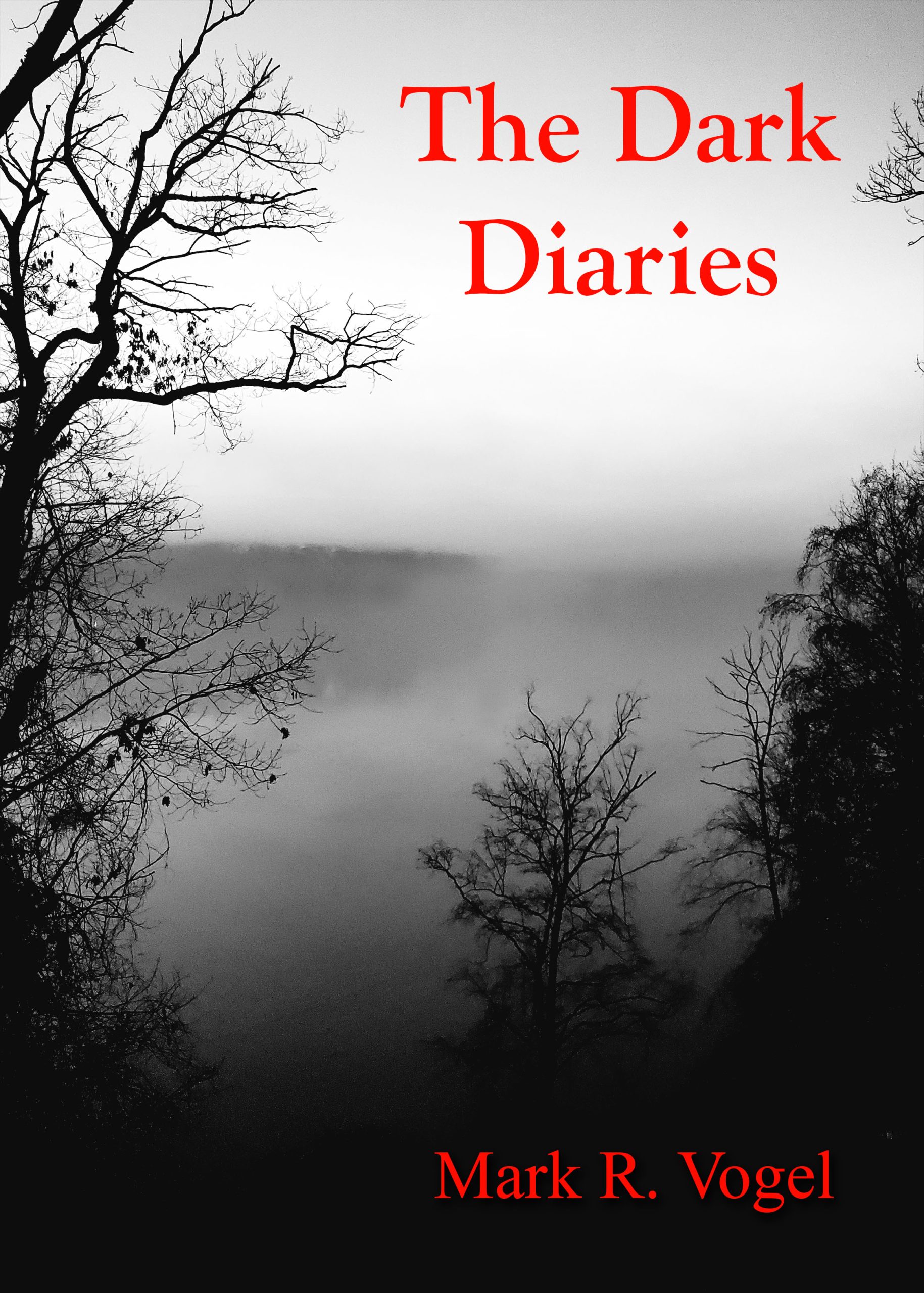
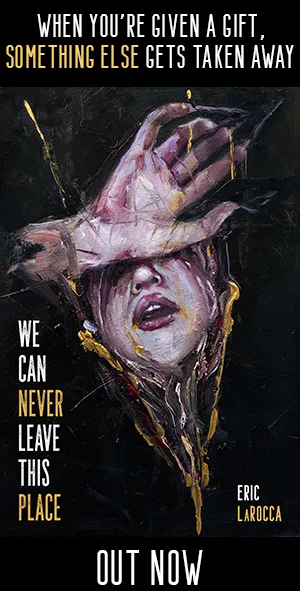

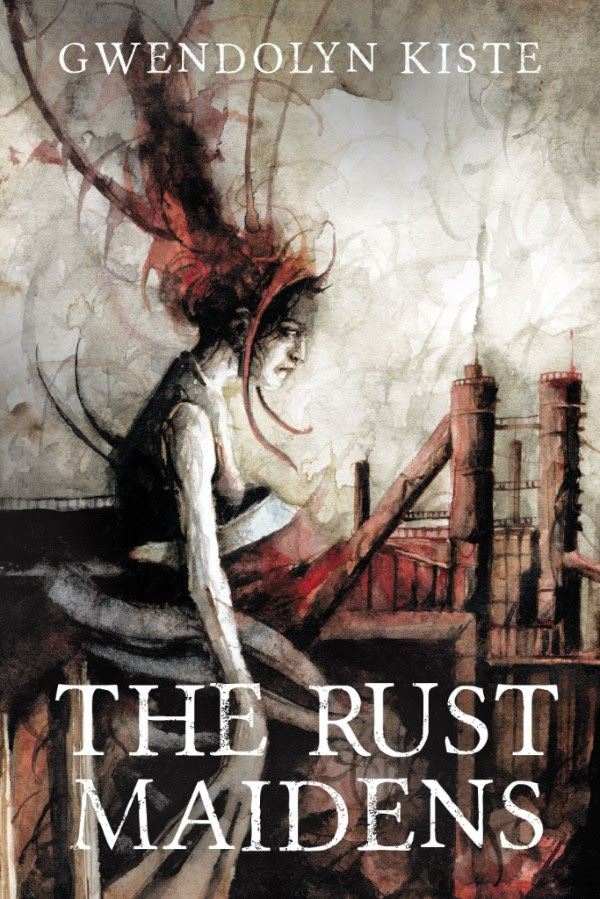

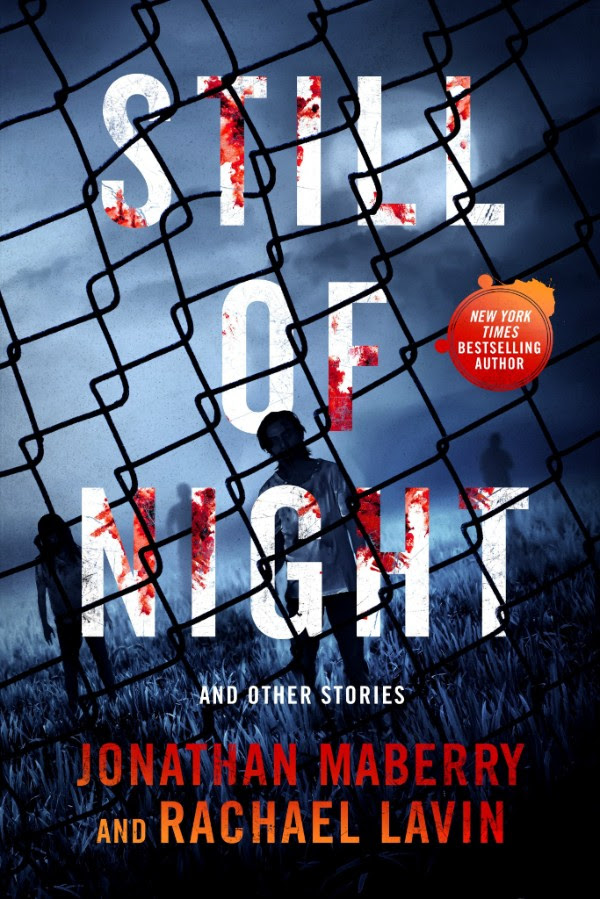
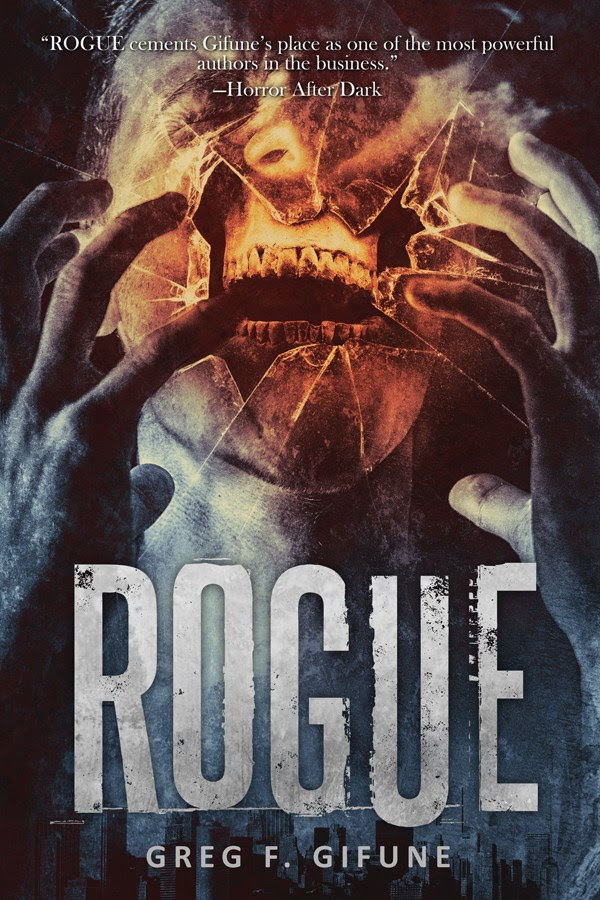
Trackbacks/Pingbacks